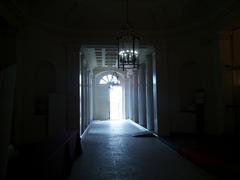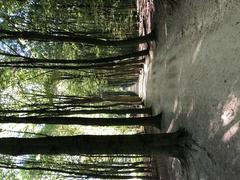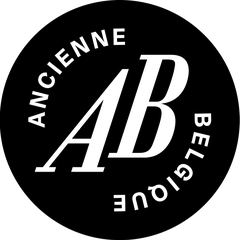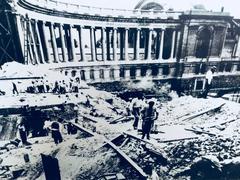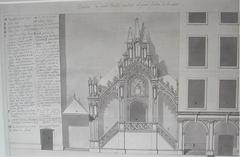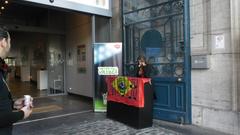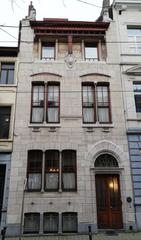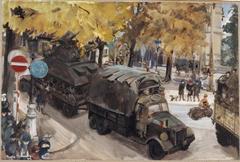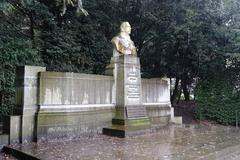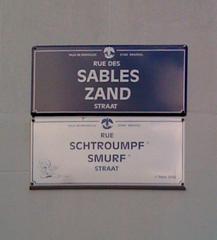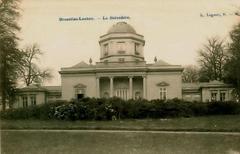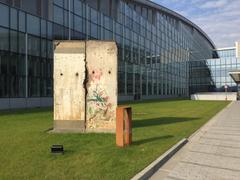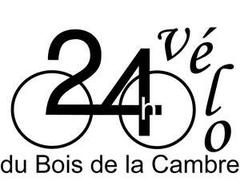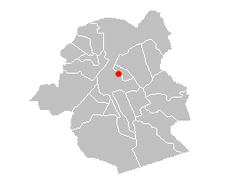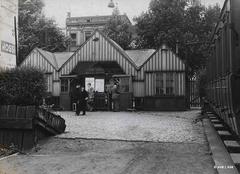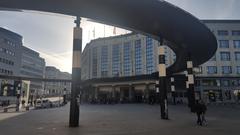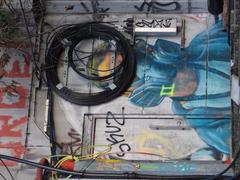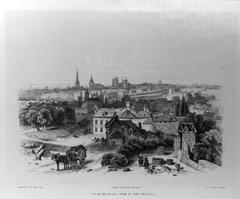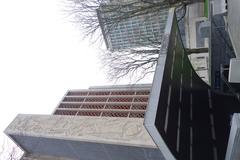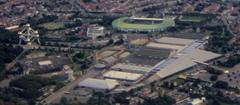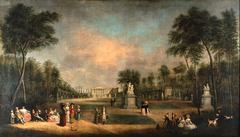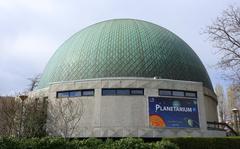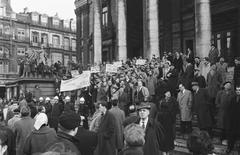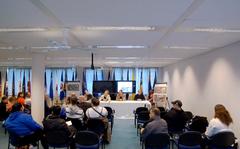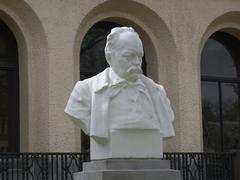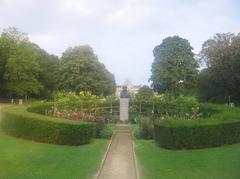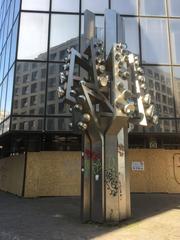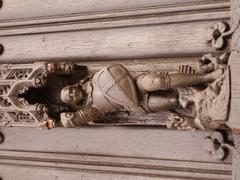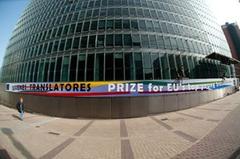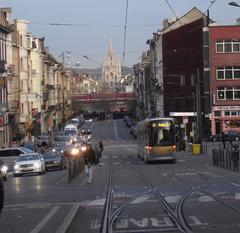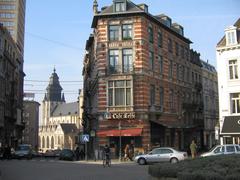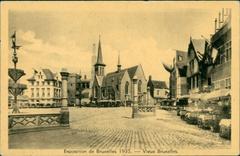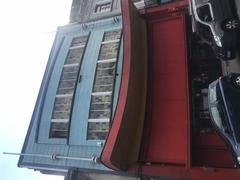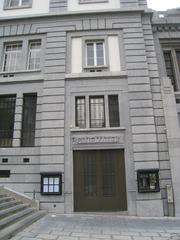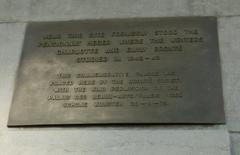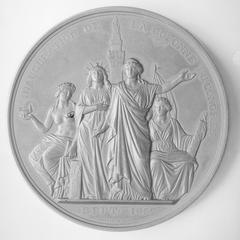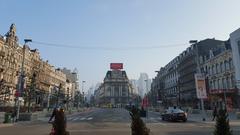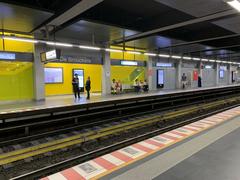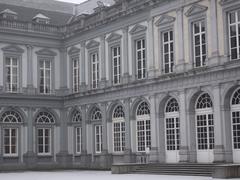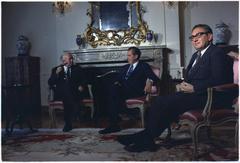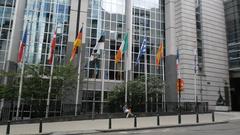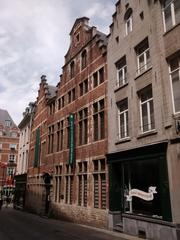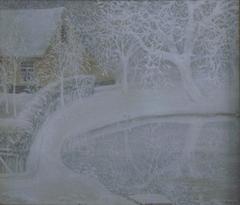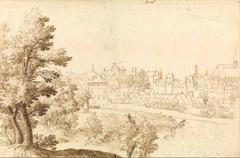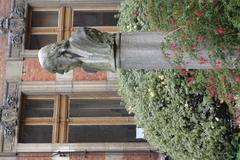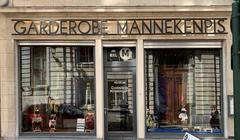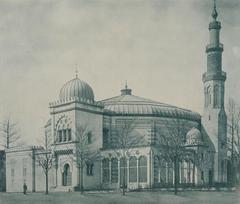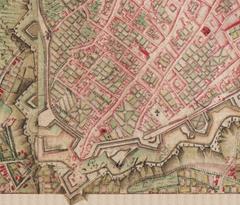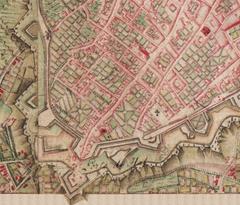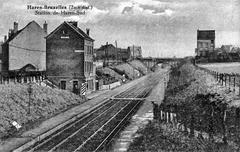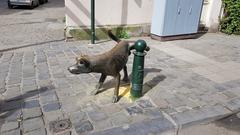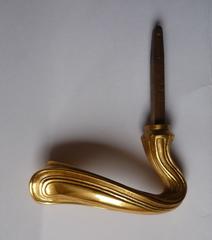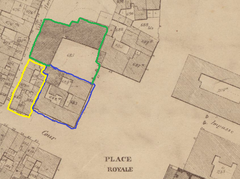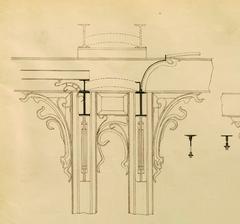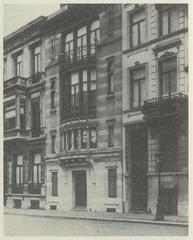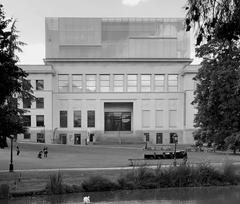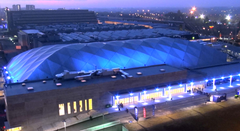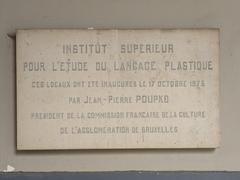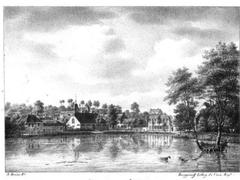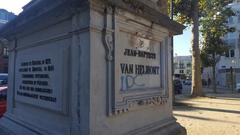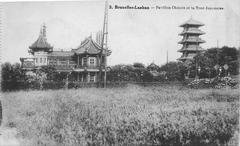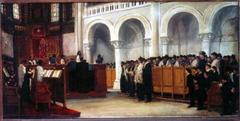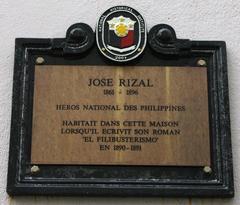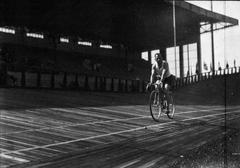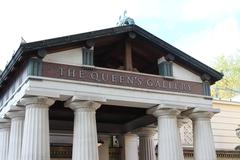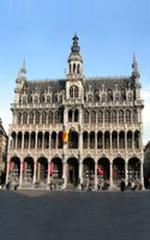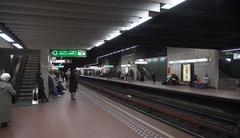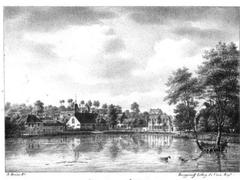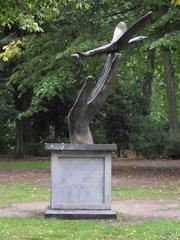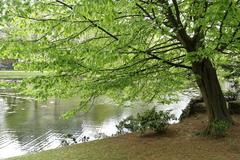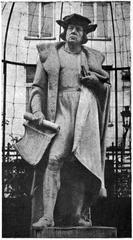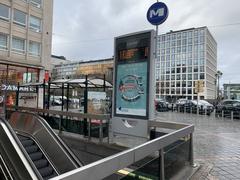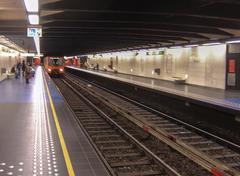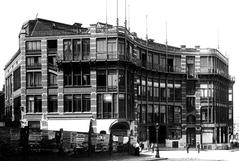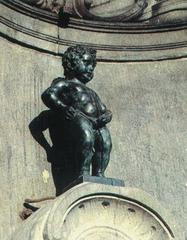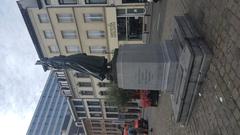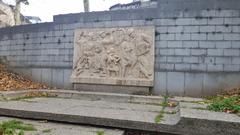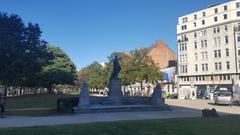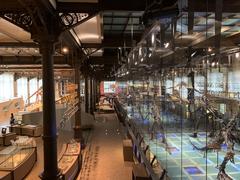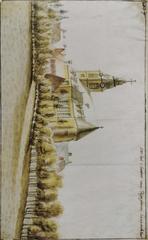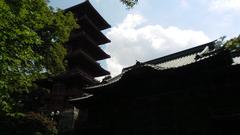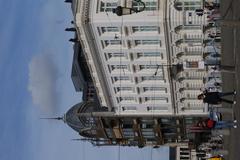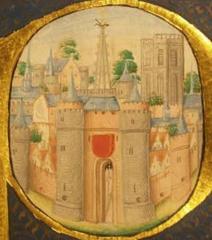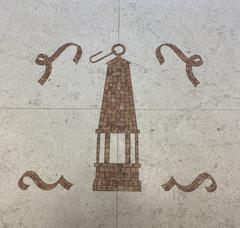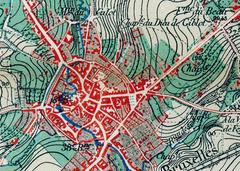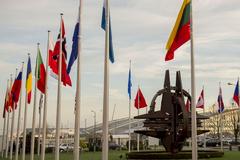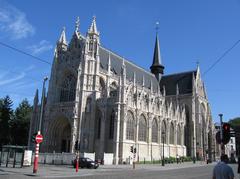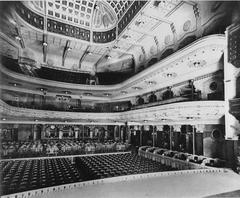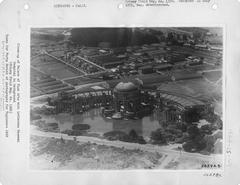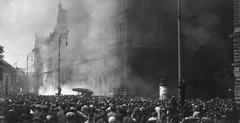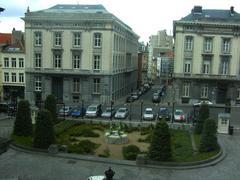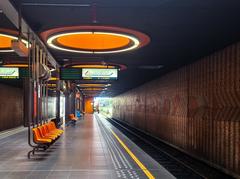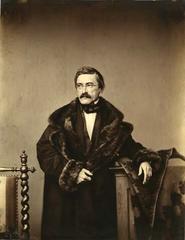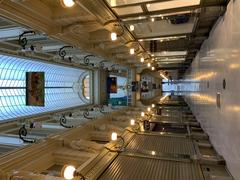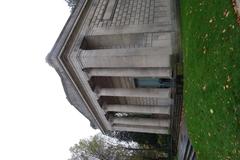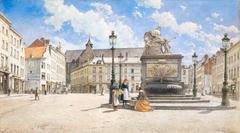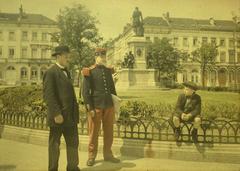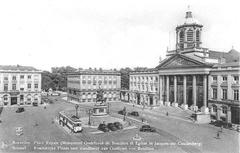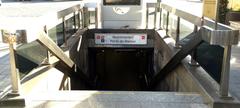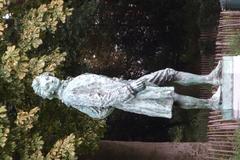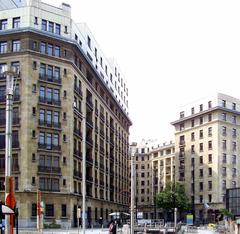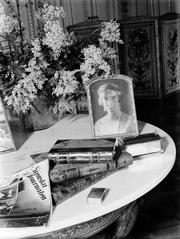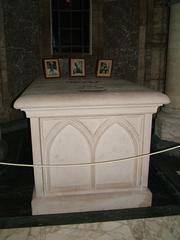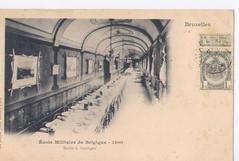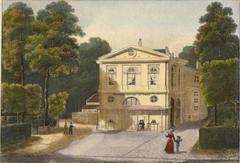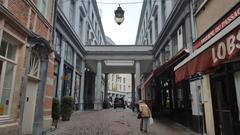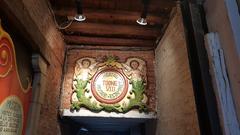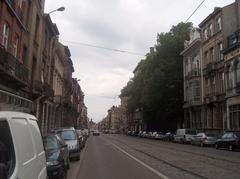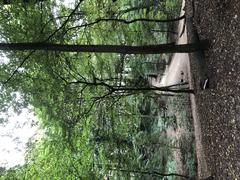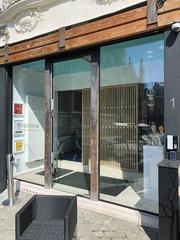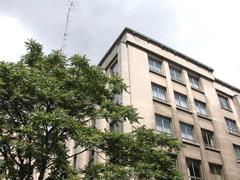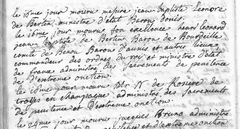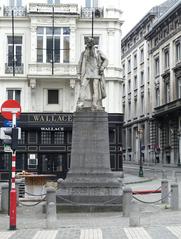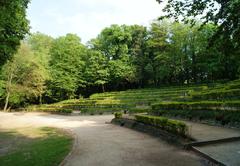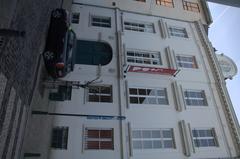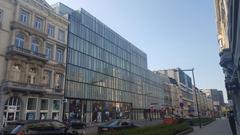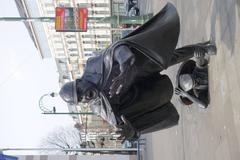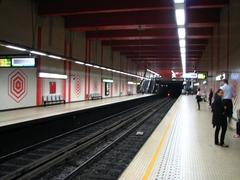Visiting Tour de Tournai - Hours, Tickets, and Tips
Date: 01/08/2024
Introduction
Tour de Tournai, also known as the Tower of Doornik, is a captivating historical landmark located in Tournai, Belgium. This tower stands as a testament to the city’s rich and diverse past, offering visitors a unique opportunity to delve into centuries of history, from Roman times through the medieval period, and into the modern era. Tournai, one of Belgium’s oldest cities, is strategically positioned along the River Scheldt, making it a significant historical site (Wikipedia). The town’s historical significance is underscored by its status as a former Frankish capital and its architectural marvels, including the UNESCO World Heritage-listed Cathedral of Our Lady and the Belfry of Tournai (UNESCO). This guide aims to provide comprehensive visitor information, historical insights, and practical travel tips to ensure a fulfilling experience at Tour de Tournai.
Table of Contents
- Introduction
- Historical Background
- Architectural and Cultural Heritage
- Museums and Cultural Institutions
- Economic and Artistic Contributions
- Visitor Tips and Practical Information
- Conclusion
- Frequently Asked Questions (FAQ)
Exploring Tour de Tournai: Visitor Information, Historical Significance, and Travel Tips
Historical Background
Roman Origins and Early History
The origins of Tournai, known in Latin as Tornacum, date back to Roman times. It was a minor yet strategically significant settlement where the Roman road from Cologne to Boulogne crossed the River Scheldt. The town was fortified under Emperor Maximian in the 3rd century AD, marking its importance as a defensive outpost (Wikipedia). The remnants of these fortifications are a testament to Tournai’s early significance in the Roman Empire.
Frankish Era and Merovingian Capital
Tournai’s prominence rose significantly in the 5th century when it became the capital of the Salian Franks under King Childeric I. The discovery of Childeric’s tomb in 1653 highlighted the city’s historical importance (Wikipedia). His son, Clovis I, who was born in Tournai, later moved the Frankish capital to Paris in 486, but Tournai remained a vital ecclesiastical center. The establishment of the bishopric of Tournai in the late 6th century further cemented its religious significance (Wikipedia).
Medieval Period and Architectural Flourishing
During the medieval period, Tournai experienced significant growth and development. The construction of the Cathedral of Our Lady (Notre-Dame de Tournai) began in the 12th century, showcasing a blend of Romanesque and Gothic architectural styles. This cathedral, along with the Belfry of Tournai, has been designated as a UNESCO World Heritage Site (Wikipedia). The Belfry, built in 1188, is the oldest in Belgium and served multiple purposes, including as a watchtower and a prison (Wikipedia).
Shifts in Control and Influence
Tournai’s strategic location made it a contested site throughout history. In the 860s, it came under the control of the Counts of Flanders. Despite French control from 1188, Tournai retained a degree of autonomy. The city fell to England in 1513 but was returned to France in 1518. It was later taken by Charles V and attached to the Habsburg Netherlands (Wikipedia). The city’s control shifted multiple times between France and Austria until it became part of modern Belgium in the 19th century.
Impact of the French Revolutionary Wars and Napoleonic Era
The French Revolutionary Wars brought significant changes to Tournai. In 1794, France annexed the Austrian Netherlands, including Tournai, making it part of the department of Jemmape. This period saw the city integrated into the French administrative system until the fall of Napoleon in 1815, after which Tournai became part of the United Netherlands and subsequently Belgium following its independence in 1830 (Wikipedia).
World War I and II
Tournai played a notable role during both World Wars. In World War I, the city was occupied by the German Sixth Army, which used the Belfry as a lookout point. The city was liberated by British troops in 1918 (Wikipedia). During World War II, Tournai suffered significant damage in 1940 but was meticulously restored post-war, preserving its historical and architectural heritage (Wikipedia).
Architectural and Cultural Heritage
Tournai’s architectural heritage is a significant draw for visitors. The Cathedral of Our Lady, with its five towers and Gothic choir, is considered one of the finest examples of medieval architecture in Europe. The Belfry of Tournai, standing at 72 meters, offers panoramic views of the city and houses historical rooms such as the treasury and former prison cells (Wonderful Wanderings). The Grand Place, bordered by 17th-century buildings, and the medieval Pont des Trous bridge are other notable landmarks (Wikipedia).
Museums and Cultural Institutions
Tournai is home to several museums that highlight its rich cultural history. The Musée des Beaux-Arts, designed by Victor Horta, features works from the 15th century onwards, including pieces by Monet and Manet (Wikipedia). The Musée de Folklore, housed in Le Mason Tournaisienne, depicts daily life in Tournai’s history, while the Musée de Tapisserie celebrates the region’s tapestry heritage (Wikipedia). The Musée des Arts de la Marionnette and the Musée de Archeólogie further enrich the city’s cultural offerings (Wikipedia).
Economic and Artistic Contributions
Historically, Tournai was renowned for its medieval school of sculptors and as a center of Early Netherlandish painting. Artists like Robert Campin and Rogier van der Weyden were associated with Tournai, contributing to its artistic legacy (Wikipedia). The city also produced notable Franco-Flemish composers such as Pierre de la Rue and Marbrianus de Orto. Today, Tournai’s economy includes quarrying, steel, leather goods, and hosiery manufacturing (Wikipedia).
Visitor Tips and Practical Information
Visiting Hours and Ticket Prices
The Belfry of Tournai is open from Tuesdays to Sundays, with an admission fee of €2 for adults and €1 for children (Wonderful Wanderings). Visitors are encouraged to check the official website for the most current information on opening hours and ticket prices.
Travel Tips and Nearby Attractions
The city’s compact center is best explored on foot, and learning some basic French phrases can enhance interactions with locals (Next Stop Belgium). Nearby attractions include the Grand Place, the Pont des Trous bridge, and various museums that offer a deeper insight into Tournai’s rich history and culture.
Accessibility and Special Events
Tournai is generally accessible to visitors with reduced mobility, although some historical sites may have limitations. Checking in advance with specific attractions can ensure a smooth visit. Additionally, Tournai hosts numerous local festivals that showcase its vibrant culture. Visitors should check for upcoming events to enrich their travel experience.
Photography and Guided Tours
Photographic spots within Tournai include panoramic views from the Belfry, the intricate façade of the Cathedral of Our Lady, and the picturesque Grand Place. Guided tours are available and highly recommended for a comprehensive understanding of the city’s historical and cultural context.
Conclusion
In summary, Tournai’s rich historical background, architectural marvels, and vibrant cultural scene make it a must-visit destination for history enthusiasts and casual tourists alike. Plan your visit, explore its numerous attractions, and immerse yourself in the fascinating history of this remarkable city.
Frequently Asked Questions (FAQ)
Q: What are the opening hours for Tour de Tournai? A: The Belfry of Tournai is open from Tuesdays to Sundays. It’s advisable to check the official website for the most current information on opening hours.
Q: How much are the tickets for Tour de Tournai? A: Admission fees are €2 for adults and €1 for children.
Q: What are some must-see historical sites in Tournai? A: Must-see sites include the Cathedral of Our Lady, the Belfry of Tournai, the Grand Place, and the Pont des Trous bridge.
Q: Are there guided tours available? A: Yes, guided tours are available and highly recommended for a comprehensive understanding of the city’s history.
Q: Is Tournai accessible for visitors with reduced mobility? A: While Tournai is generally accessible, some historical sites may have limitations. It’s best to check in advance with specific attractions.
Q: What local specialties should I try in Tournai? A: Don’t miss out on regional specialties like Clovis cake and Belgian waffles.

